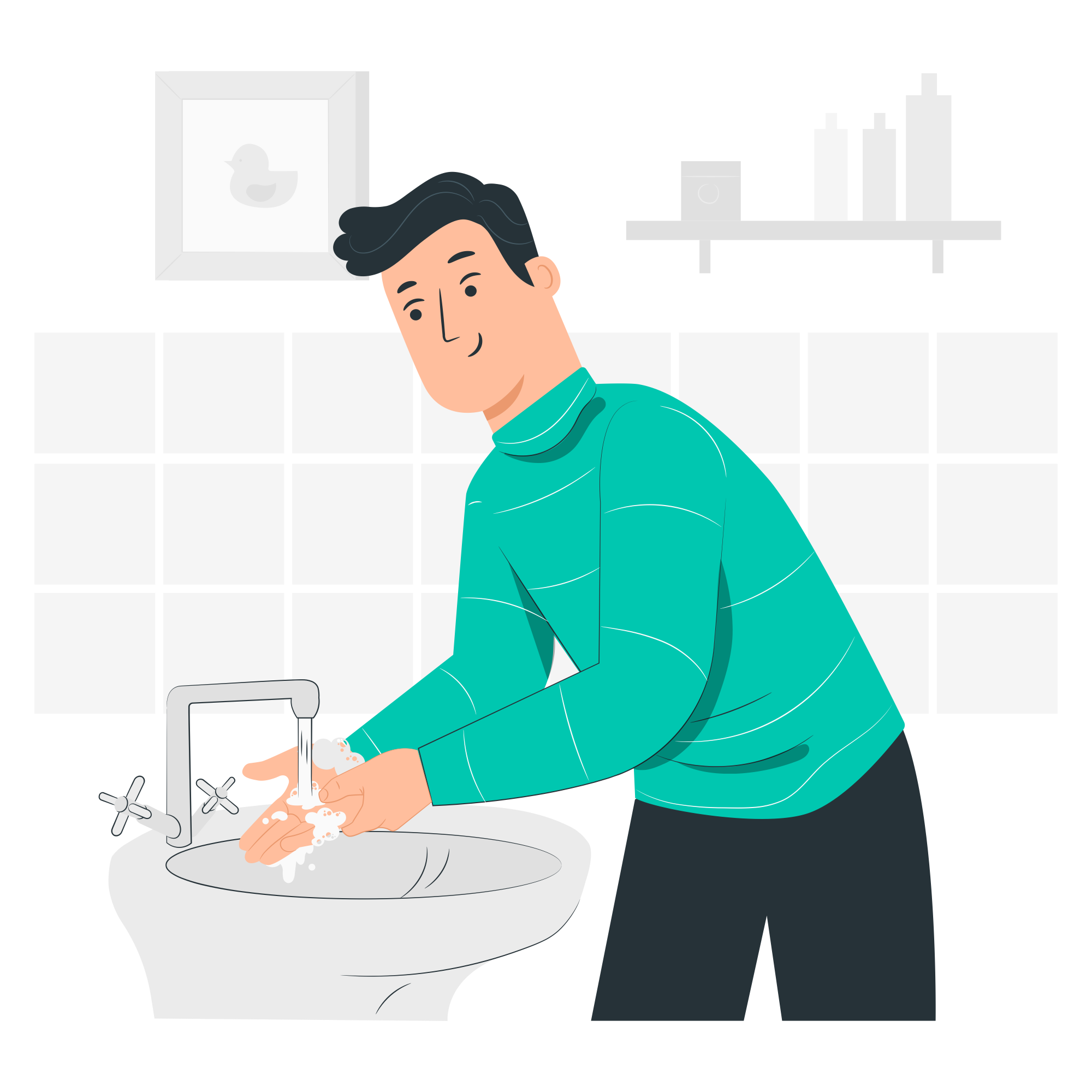Hydroalcoholic gel is one of the most talked-about hygiene products in recent days, due to the outbreak of the Covid-19 virus. Since 2005, Swiss physician Didier Pittet has been in charge of the program promoting hand hygiene worldwide. This task has earned him international recognition.
Washing hands saves lives
Hand hygiene is one of the simplest health reflexes to implement. Hydroalcoholic gel promises to be even more effective than washing hands with soap. In specific medical contexts, such as in hospitals, hydroalcoholic gel has indeed been acclaimed for preventing nosocomial infections. These infections appear during hospital care, and affect 5% of patients. According to 2012 figures communicated by the Institut national de veille sanitaire (InVS), there are 750,000 infections and 4,000 deaths per year in France.

Voluntarily making a product unpatentable
Didier Pittet told the press: “I didn’t make a penny, we created this formula and modified it to make it patent-free. We used glycerine with the alcohol, and donated the idea to the WHO so that we could produce it locally”.
Didier Pittet’s hydroalcoholic gel formula has been modified to make it free to use, with full knowledge of industrial property law. He has also disclosed it to make it unpatentable, according to the world’s patentability criteria, to ensure that the formula can be used and exploited, whatever the situation. It’s an altruistic approach that we applaud!
Today, Didier Pittet is also known as one of the most expensive doctors in the world, if we take into account the loss of earnings his employer could have collected in royalties thanks to a license on his hydroalcoholic gel patent!
Producing hydroalcoholic gel: instructions for use available to all
In order to be able to produce hydroalcoholic gel locally and in all pharmacies, a document on the WHO website provides all the necessary information . This very detailed guide describes the components and manufacturing processes involved.
The formulation is therefore free to use, and can be exploited even in developing countries where it would be less easy to obtain hydroalcoholic gel. This willingness to widely disseminate the manufacturing method is one of the reasons why groups such as LVMH and L’Oréal have no doubt been able to massively and rapidly launch exceptional production in recent days (“Coronavirus: LVMH to produce hydroalcoholic gel for distribution to hospitals”, Challenges.fr; L’OREAL launches a European Coronavirus solidarity plan, Capital.fr).
Would the patent really have prevented the spread of the hydroalcoholic gel formula?
All too often, patents are perceived as being totally restrictive. While it is true that it grants exclusivity to the holder of this industrial property title for a period of 20 years, it does not prevent the dissemination of knowledge.
The patent itself, through the publication and disclosure of its contents, is intended to enable the dissemination of knowledge and scientific advances. In return, the State grants the inventor a monopoly. This in no way prevents the patent holder from exploiting the content of the patent by third parties, even free of charge.
Research needs
For research purposes, and research purposes only, it is possible to use an invention, even without a license.
Inventions useful to public health
If the invention is of interest to public health, and/or is not being exploited, a license may be made compulsory by ministerial decree.
In industrial property law, a patent can be retained even if it is not used. This is not the case, for example, for a trademark, which is no longer valid if not used for 5 years.
However, when a patented invention is useful to public health, and the patent is retained by the owner, the patent may be placed under ex officio license. This applies to patents issued for a medicine or medical device, a process for obtaining a medicine, or an in vivo diagnostic method.
In particular, such a procedure concerns patents for products which are not used, or which are marketed at exorbitant prices.
